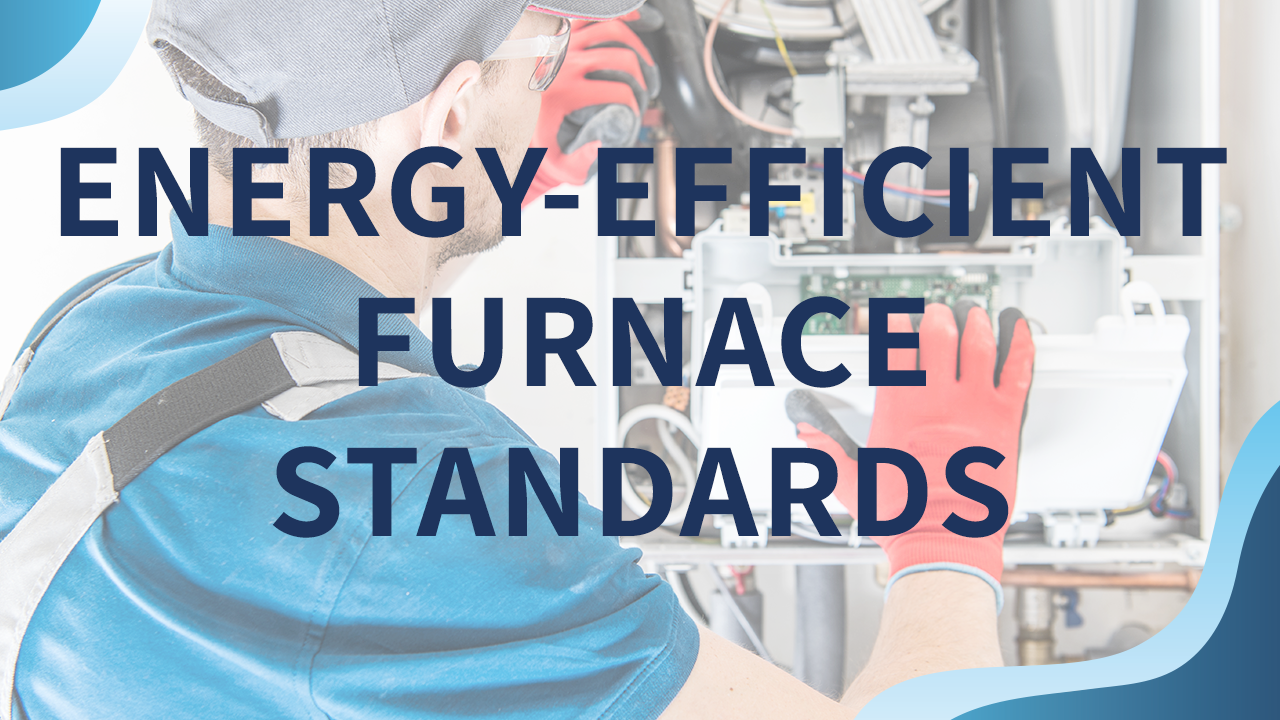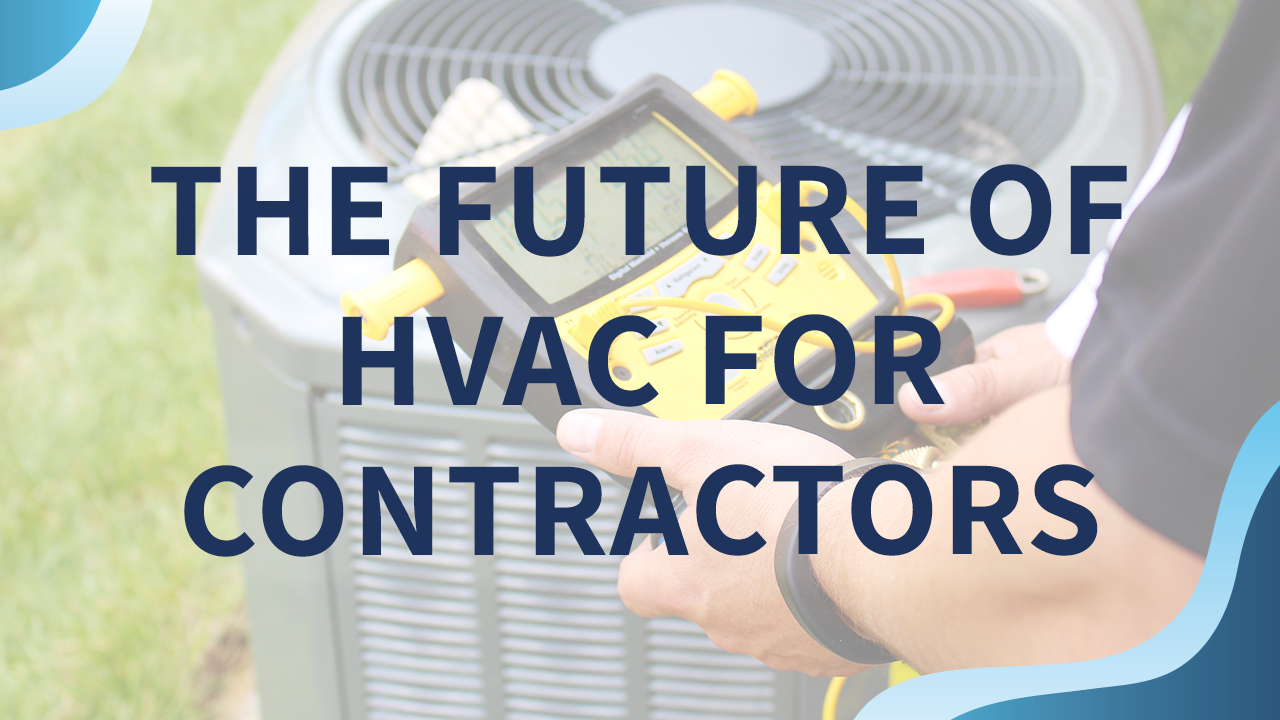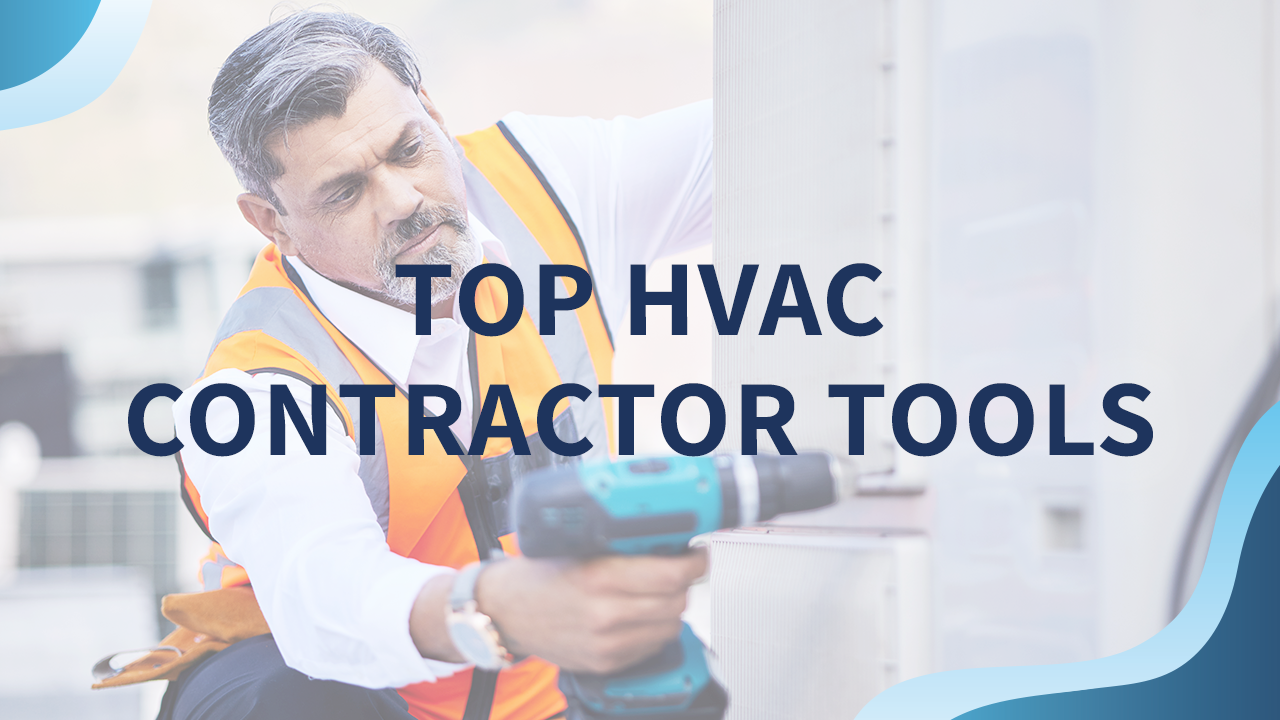2023 will begin to set the stage for a lot of upcoming changes in the HVAC industry. In 2023, you can expect the industry to heat up with product innovation and regulations in place.


With world health considerations still a big concern, they influence all businesses. Environmental impact is also significant in what to expect this year and next. The following are HVAC trends for contractors we expect to see in 2023:
Sustainable and Eco-Friendly Systems
Government regulations have set new energy efficiency standards effective in 2023 that require a Seasonal Energy Efficiency Ratio (SEER) – a measure of a system’s cooling performance – of no less than 14 SEER for residential systems in the northern part of the United States and 15 SEER in the southern part of the United States.
Regional territories will remain the same, with federal minimums increasing by one SEER in all regions on January 1, 2023. These new laws are meant for residential central air conditioning and heat pump equipment, designed to reduce the overall energy usage of space heating and cooling equipment in homes and small businesses.
U.S. manufacturers are working on redesigns of equipment to meet these new efficiency requirements. They will likely launch the latest products in 2023 ahead of the 2023 transition date.
New Metrics
With continued concerns regarding environmental-friendliness, one industry goal is to produce greener systems. Sustainability efforts should help reduce our carbon footprint in the future. Achieving this sustainability with HVAC systems will take precedence in 2023. Advanced equipment may be more costly than the previous versions of these models. This is due to the high technology and operation cost behind the manufacturing process. However, as with other products, pricing will likely lower as competition between competitive brands increases.


Multiple Refrigerants to Replace R-410A
According to the EPA, “on December 27, 2020, the American Innovation and Manufacturing (AIM) Act was enacted by Congress to direct the Environmental Protection Agency (EPA) to address hydrofluorocarbons (HFCs) by phasing down production and consumption, maximizing reclamation and minimizing releases from equipment, and facilitating the transition to next-generation technologies through sector-based restrictions.”
So, what does this mean to the HVAC industry in particular?
This directive authorizes the EPA to phase down the consumption and production of high-GWP HFC refrigerants and establish sector-based limits. Simply put, it calls for an 85% phasedown of HFC production and consumption over a 16-year timeframe. This phasedown has been expected, which is why Original Equipment Manufacturers (OEMs) have been working diligently to identify alternative refrigerants that are safe and efficient. They are also working to comply with the new regulations by developing new products to meet the new criteria.
Over the last year, manufacturers have begun introducing progressions designed to remove ozone-depleting refrigerants from HVAC systems with GWP-style refrigerants. To meet these requirements, manufacturers must utilize refrigerants with low global warming potentials (GWPs).
The R-410A refrigerant introduced over ten years ago will be replaced with nonproprietary and brand-exclusive options. R-32 and R-454B are potential low-GWP R-410A replacements already on the market.
Other component options will also be available by 2023. Please look at the EPA website for specific details on the regulations and how they will be administered.
Product Availability Improvements
The international shortage of HVAC equipment due to significant supply chain disruptions will likely continue in 2023. As we continue to recover from the COVID-19 pandemic, it is not surprising that pricing will rise, and accessing components, parts, and materials, whether imported or transported intrastate, will continue to be a challenge. The good news is that many manufacturers have started to catch up on inventory shortages. In addition, with the mass rollout of vaccinations and a global slowdown of infection rates, restrictions are loosening up, and workplaces are evolving. As a result, people are returning to work, transportation is returning closer to normal, and it is only a matter of time before we’re back to pre-pandemic productivity levels on factory floors and transport of these goods.


Create a Sense of Control in Your Own HVAC Business
The only way we can control our business is by choosing how we run it, which may mean changing how we’ve done things in the past. Mitigating potential issues during these unprecedented times could result in fewer headaches.
The way to order HVAC products is evolving. Many distributors are offering websites for online purchases and shipping. Pay attention to promotions and sales during the slower seasons.
Get ahead of challenges and issues with HVAC management. Try to get a bird’s-eye view of the units you typically service and install. This may help you plan by ordering items upfront and keeping your stock on hand.
Proactive may be the new reactive, and HVAC repairs and replacement can be painless with some planning. They may even move the needle by saving you some bucks on volume purchases.
We’ve learned over the last few years that we are still determining what is around the corner that can impact the industry (or the world). So we can be prepared to stay engaged in trends and be flexible in how we run our business.
HVAC Contractors Technology & Motili HVAC Solutions
It’s simple for facility managers to connect with contractors when they use Motili, and HVAC contractors no longer need to scramble to find steady work year-round. As a result, it’s now easier than ever to grow an HVAC contractor business with the Motili app.
Technology allows HVAC contractors to accept jobs from the app and clear communication with details about new jobs, service calls, and work orders. In addition, contractors using the Motili app can view and accept jobs as they become available for ongoing, consistent work. Since Motili averages more than 50,000 new system installs and more than 90,000 service work orders each year, there is plenty of work to go around.
How does it work?
Motili notifies contractors when a client needs service. Contractors choose which jobs to accept, but there’s no competition with other contractors once a position is taken. Motili provides the equipment, saving the contractor time and energy.












